Álvaro Siza’s new monograph through the lens of Duccio Malagamba is impactful and immersive
Álvaro Siza and photographer Duccio Malagamba collaborate on a new monograph by Phaidon; ‘Before / After: Álvaro Siza Duccio Malagamba’ celebrates the Portuguese architect's work
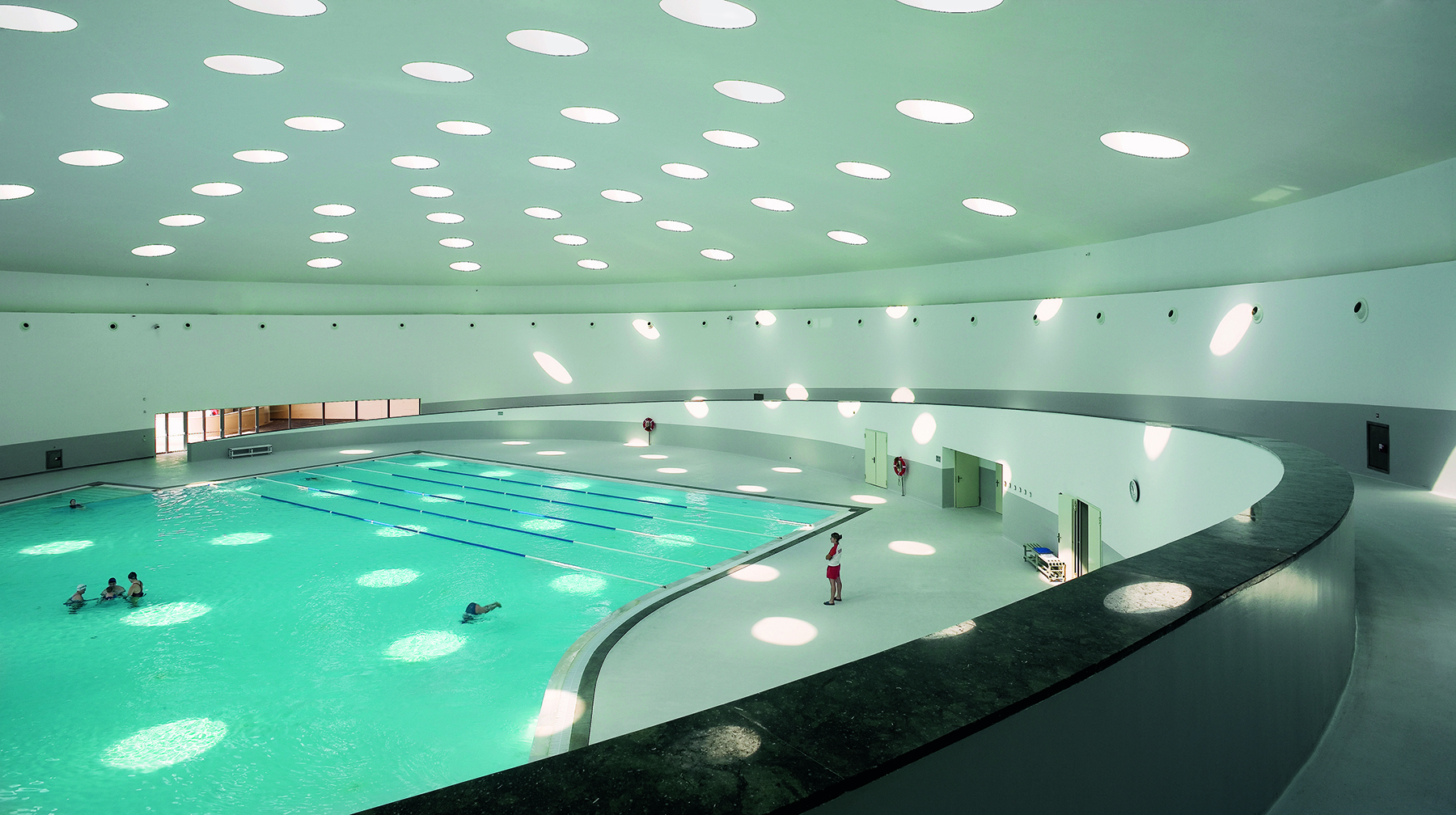
The latest collaboration between Portuguese architect Álvaro Siza and Italian architectural photographer Duccio Malagamba is a hard-to-miss architecture book of pure aesthetic delight. Before / After: Álvaro Siza Duccio Malagamba is half the length of the authoritative Siza monograph Phaidon published in 2000 and limits itself to 20 projects from this architect’s 70 years of practice. However, its impact is much greater, supported by Malagamba’s expert imagery. The photographs are paired with Siza’s expressive concept sketches on every spread, which explains the subtitle of the book (Siza loosely stands for 'before', and Malagamba for 'after').
The production is handsome and of manageable size; the layout is spacious, giving each building room to breathe. It’s hard to convey the sensual experience of architecture in a book, especially when it’s as visually reductivist as Siza’s, but these pictures capture the qualities of light and space, subtleties of form and refinement of detail.

Before / After: Álvaro Siza Duccio Malagamba, £79.95 from phaidon.com; also available from Amazon
Flick through the Alvaro Siza monograph, created in collaboration with photographer Duccio Malagamba
At age 91, Siza is still pursuing a solitary path. He shuns all excess in favour of refined minimalist architecture. His work is rooted in the land and takes its cues from the rural Portuguese vernacular of frugal whitewashed cubes – comparable to the Mediterranean villages that inspired Le Corbusier in his early years.
But unlike that master modernist, who switched from Purism to Brutalism, and from white stucco to raw concrete, mid-career, Siza has continued to explore the potential of pure white forms throughout his, while employing different materials wherever appropriate.
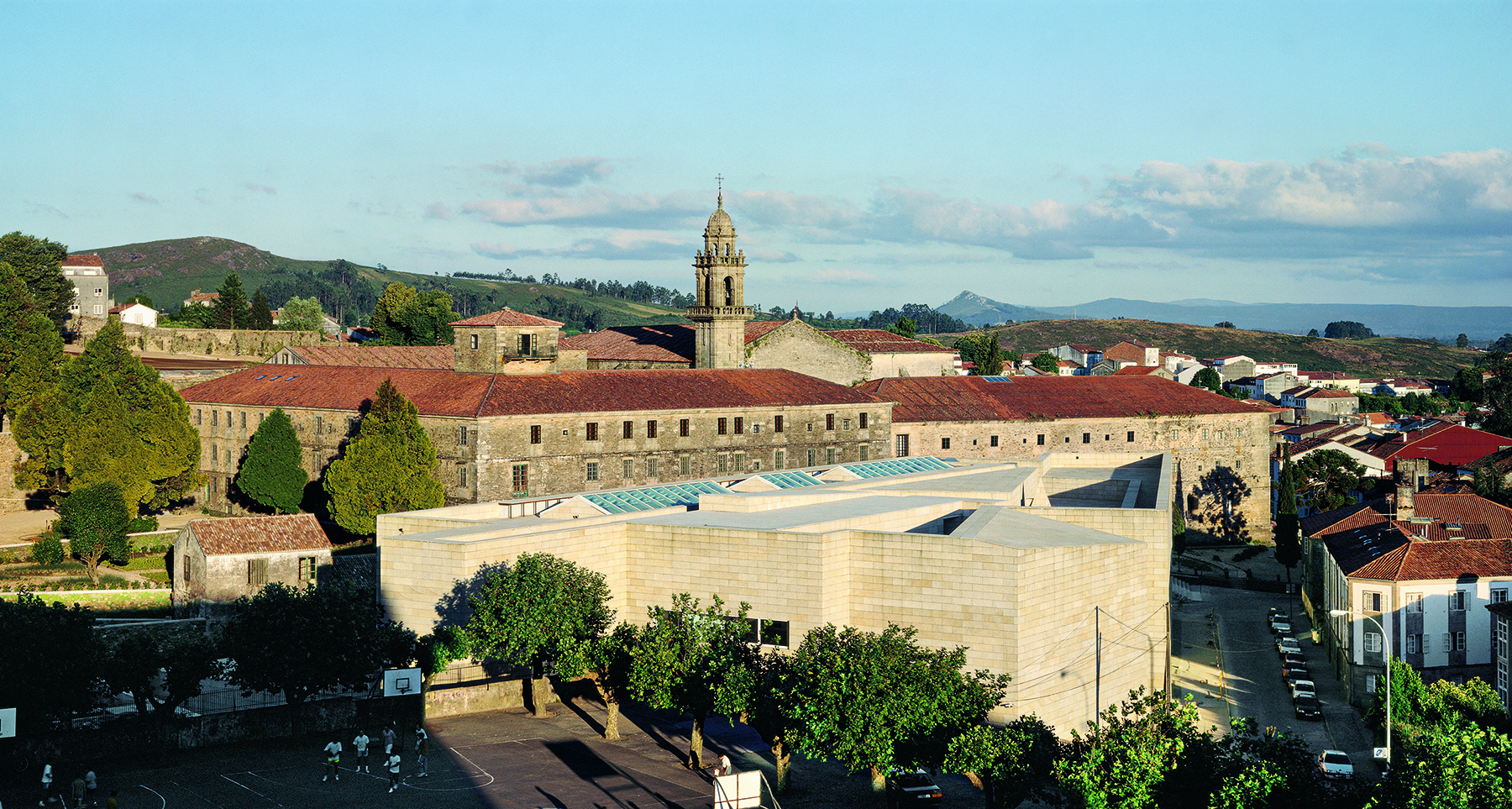
Galician Centre of Contemporary Art by Alvaro Siza, Santiago de Compostela, Spain 1988–1993
Most of these images were taken right after the buildings were completed and occupied, but before the interiors got cluttered. Malagamba recalls that his 40-year love affair with the architect’s vision began when he and his girlfriend chanced upon the ocean swimming pools of Leca da Palmeira. His images show the buildings when they were, to quote Colette, 'fraiche comme la naissance du monde' (fresh like the birth of the world).
Thus, we are spared the lamentable spectacle of neglected masterpieces, notably the Ibere Camargo Foundation in the Brazilian city of Porto Alegre. Siza deplores the decline of craft in construction and his fondness for white stucco presents a challenge in a damp climate. Much of his work requires constant maintenance, and the meticulous care the architect invested in these projects has to be matched by the owners.

VMD House and Art Gallery by Alvaro Siza, Oudenburg, Belgium 1997–2003
This survey should spur everyone to experience the work, up close and personal – strolling through the Serralves Foundation galleries, savouring the play of light within the Marco de Canaveses church, or sitting in the Boa Vista tea house as the late afternoon sun streams in through the retractable windows. I recall the shock of delight in finding the SAAL Bouca social housing to be in good shape – a project begun under a short-lived communist administration in the early 1970s and completed at the residents’ urging 30 years later.
Wallpaper* Newsletter
Receive our daily digest of inspiration, escapism and design stories from around the world direct to your inbox.
These were memorable encounters with architecture distilled to its essence and they are all relatively easily accessible, for Siza has done much of his best work in and around his home base of Porto. That should whet your appetite for a more extensive pilgrimage, exploring his oeuvre further afield, found all over Europe and in Korea.

Saya Park Art Pavilion by Alvaro Siza, Gyeongsangbuk-do, South Korea, 2015–2018
Before / After: Álvaro Siza Duccio Malagamba, £79.95 from phaidon.com; also available from Amazon
Michael Webb Hon. AIA/LA has authored 30 books on architecture and design, most recently California Houses: Creativity in Context; Architects’ Houses; and Building Community: New Apartment Architecture, while editing and contributing essays to a score of monographs. He is also a regular contributor to leading journals in the United States, Asia and Europe. Growing up in London, he was an editor at The Times and Country Life, before moving to the US, where he directed film programmes for the American Film Institute and curated a Smithsonian exhibition on the history of the American cinema. He now lives in Los Angeles in the Richard Neutra apartment that was once home to Charles and Ray Eames.
-
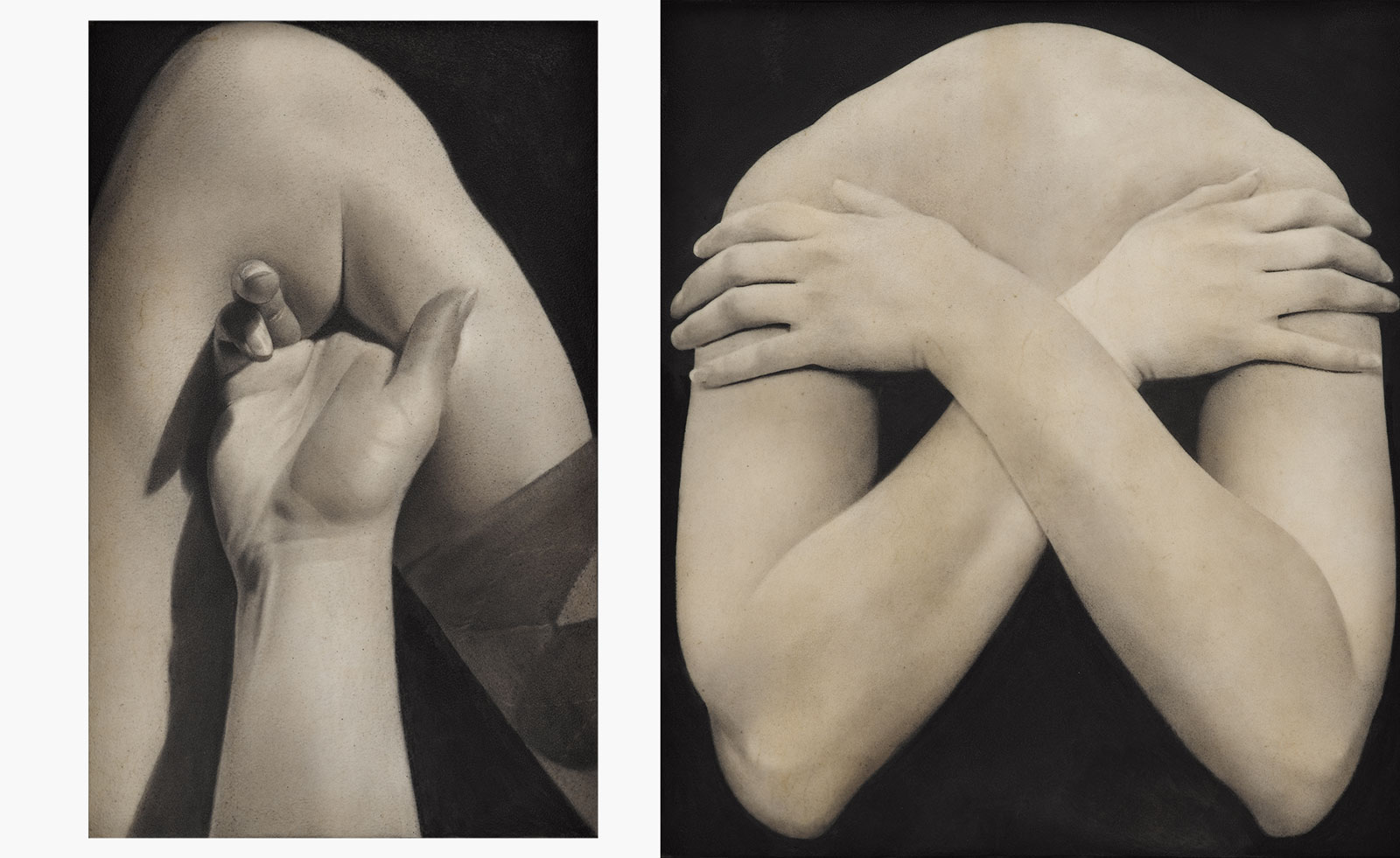 Put these emerging artists on your radar
Put these emerging artists on your radarThis crop of six new talents is poised to shake up the art world. Get to know them now
By Tianna Williams
-
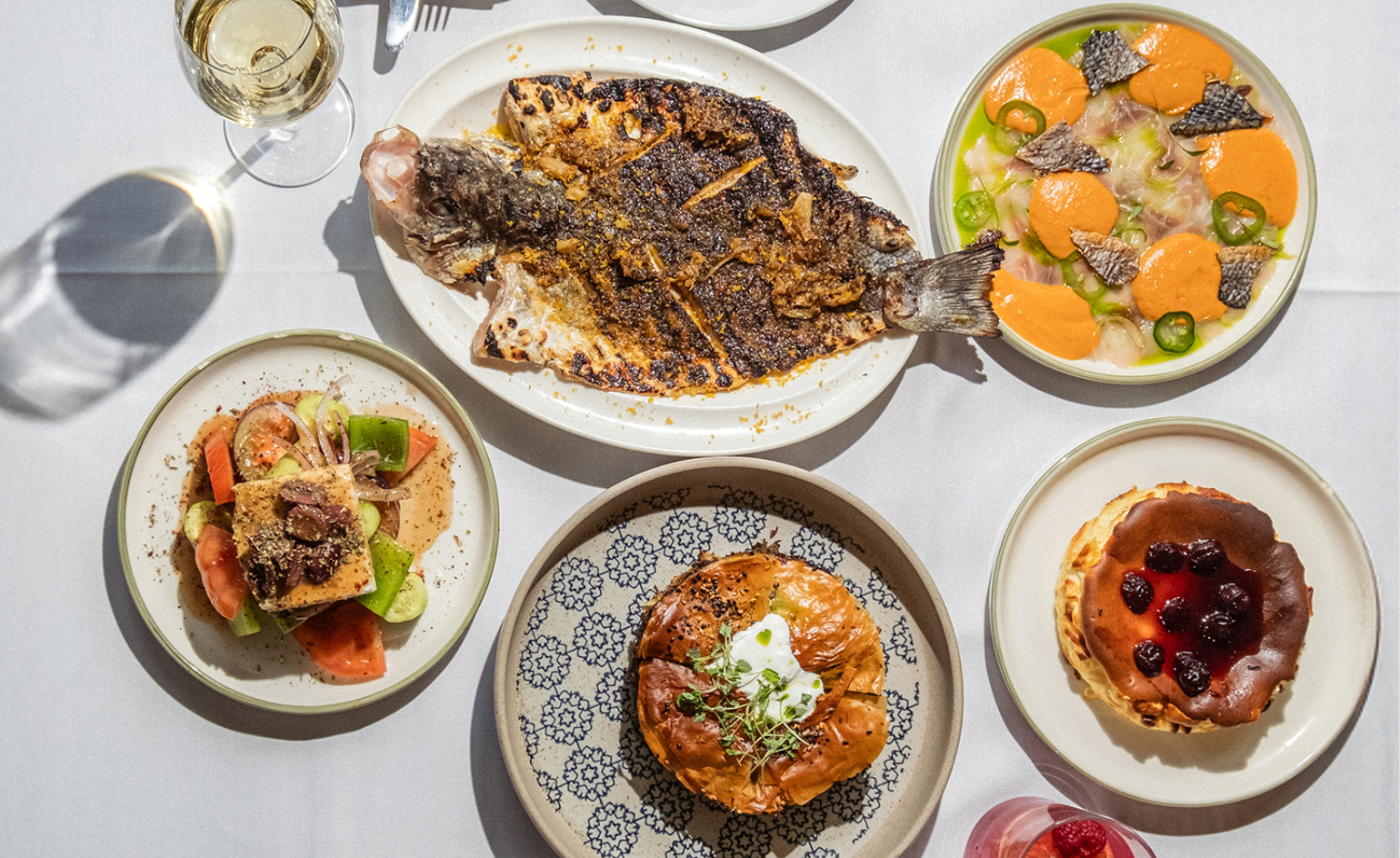 Dining at Pyrá feels like a Mediterranean kiss on both cheeks
Dining at Pyrá feels like a Mediterranean kiss on both cheeksDesigned by House of Dré, this Lonsdale Road addition dishes up an enticing fusion of Greek and Spanish cooking
By Sofia de la Cruz
-
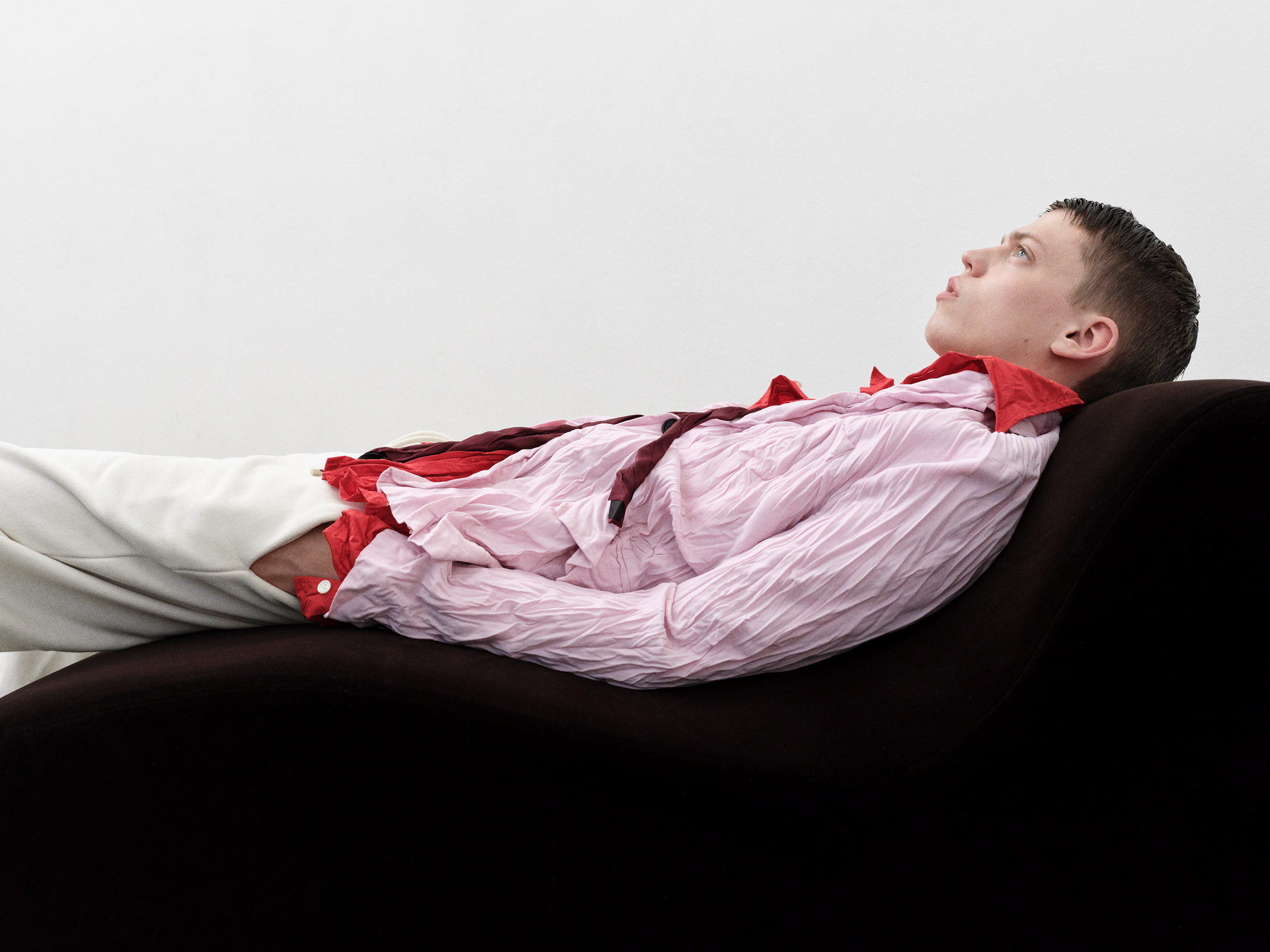 Creased, crumpled: S/S 2025 menswear is about clothes that have ‘lived a life’
Creased, crumpled: S/S 2025 menswear is about clothes that have ‘lived a life’The S/S 2025 menswear collections see designers embrace the creased and the crumpled, conjuring a mood of laidback languor that ran through the season – captured here by photographer Steve Harnacke and stylist Nicola Neri for Wallpaper*
By Jack Moss
-
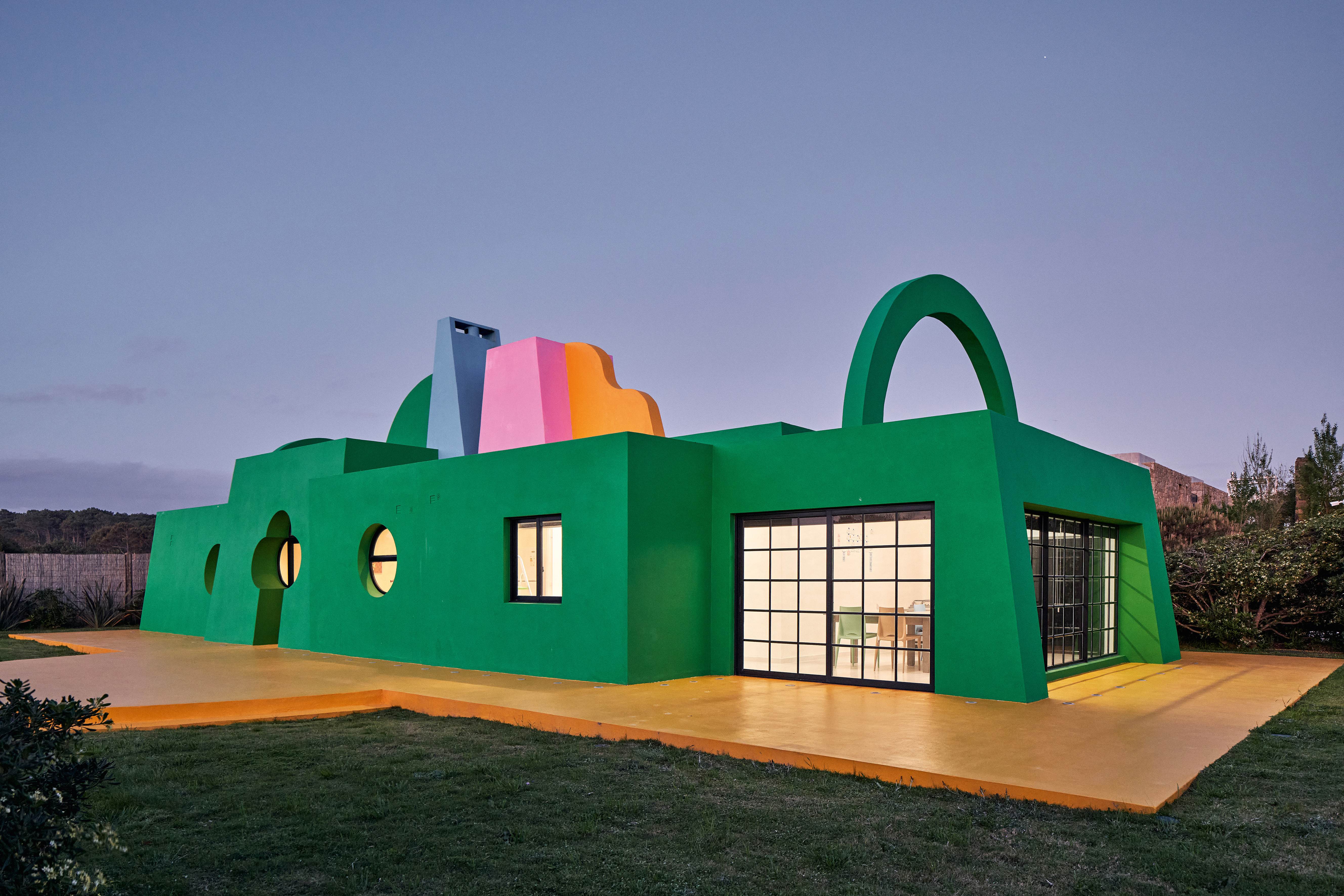 Ten contemporary homes that are pushing the boundaries of architecture
Ten contemporary homes that are pushing the boundaries of architectureA new book detailing 59 visually intriguing and technologically impressive contemporary houses shines a light on how architecture is evolving
By Anna Solomon
-
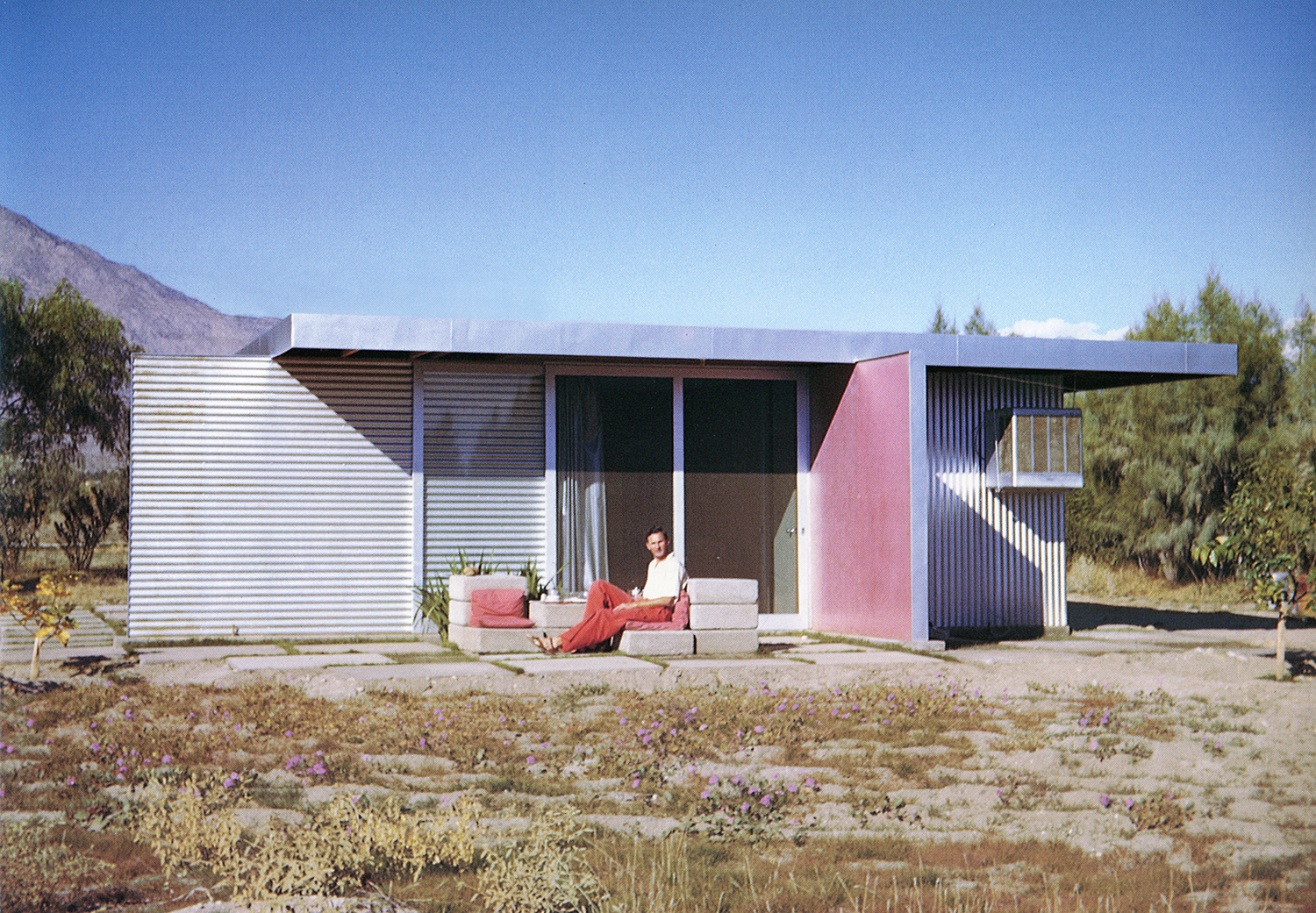 Take a deep dive into The Palm Springs School ahead of the region’s Modernism Week
Take a deep dive into The Palm Springs School ahead of the region’s Modernism WeekNew book ‘The Palm Springs School: Desert Modernism 1934-1975’ is the ultimate guide to exploring the midcentury gems of California, during Palm Springs Modernism Week 2025 and beyond
By Ellie Stathaki
-
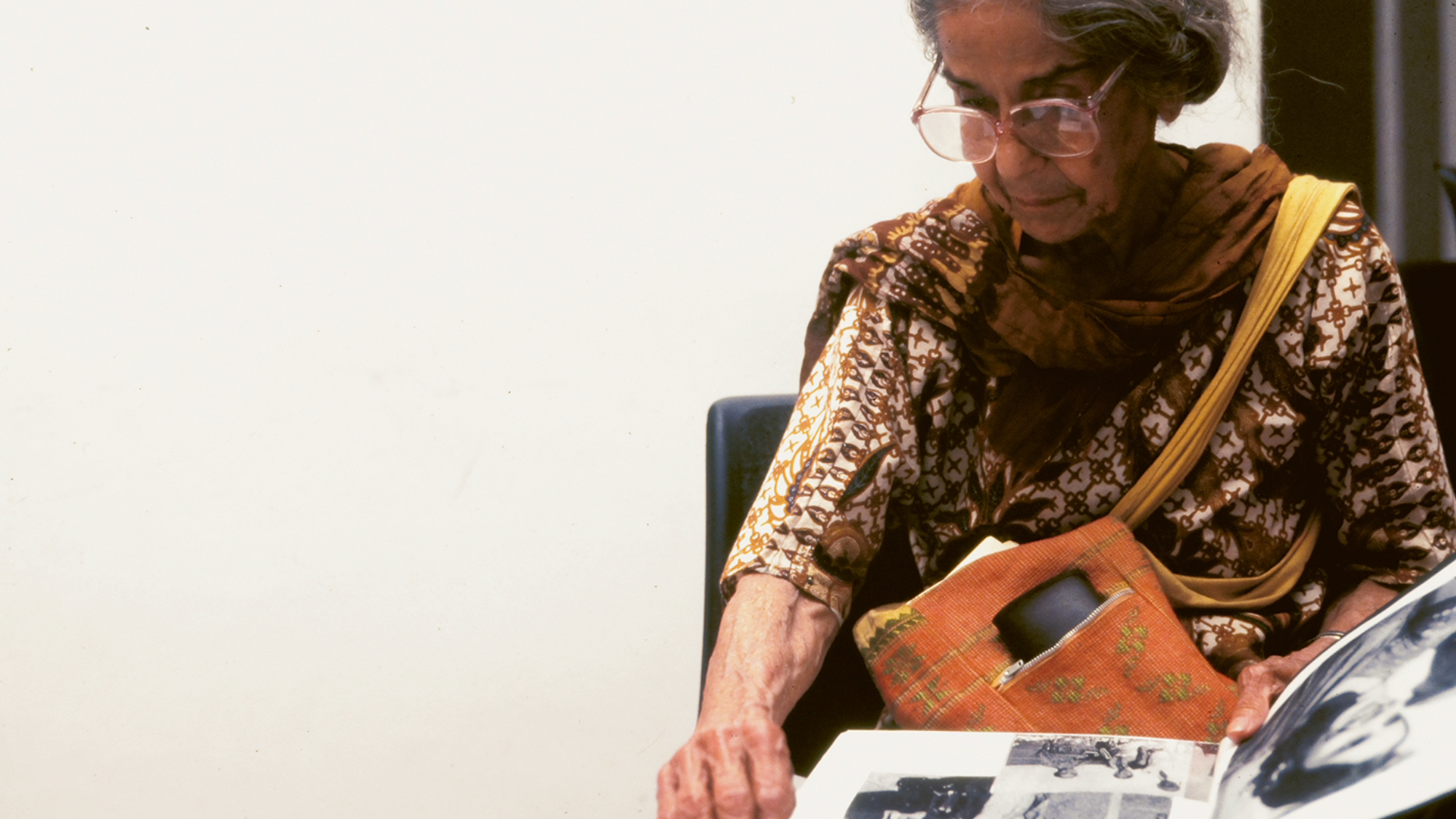 Meet Minnette de Silva, the trailblazing Sri Lankan modernist architect
Meet Minnette de Silva, the trailblazing Sri Lankan modernist architectSri Lankan architect Minnette de Silva is celebrated in a new book by author Anooradha Iyer Siddiq, who looks into the modernist's work at the intersection of ecology, heritage and craftsmanship
By Léa Teuscher
-
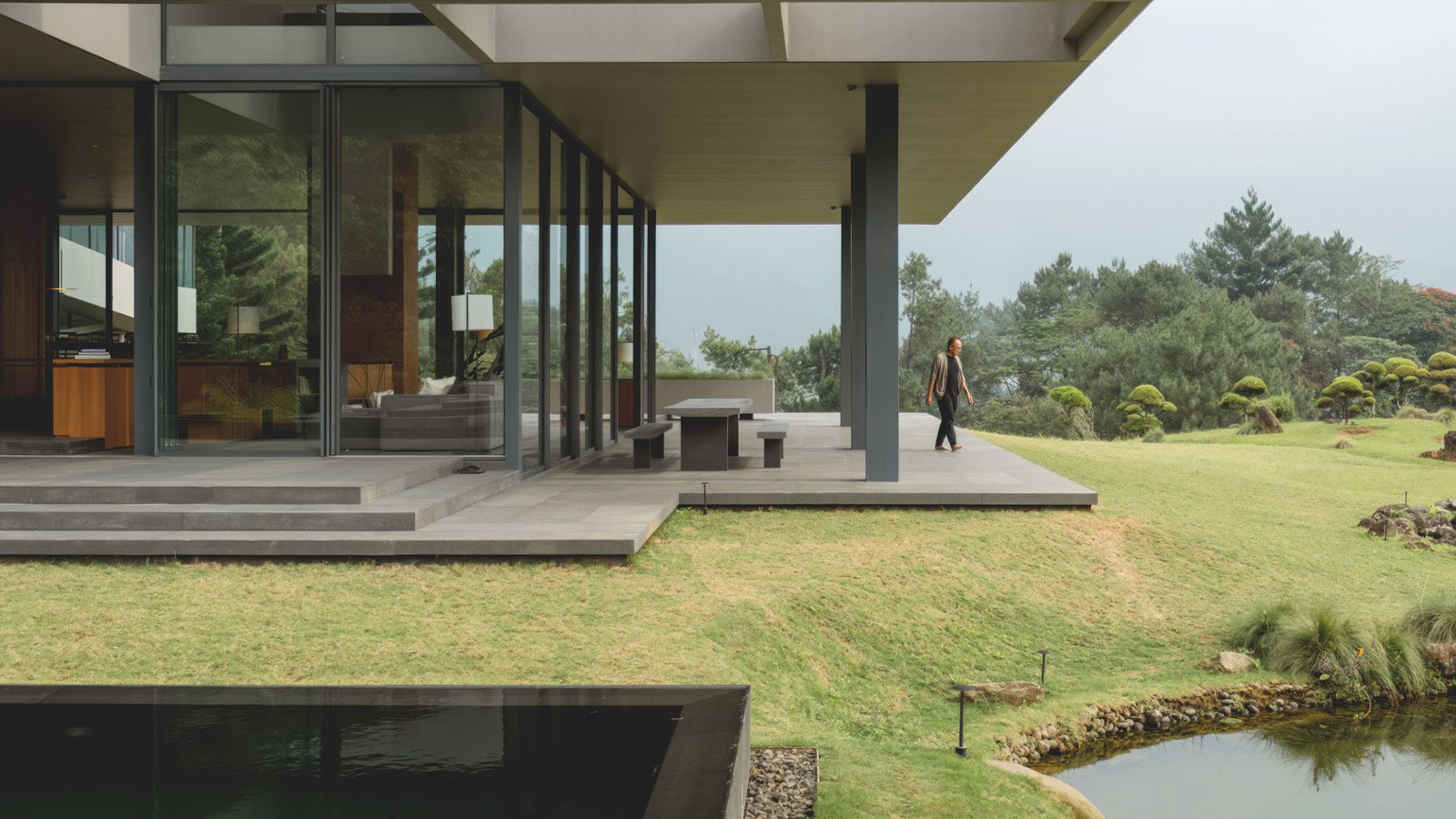 'Tropicality' explored in Indonesian architect Andra Matin’s first monograph
'Tropicality' explored in Indonesian architect Andra Matin’s first monograph'Tropicality' is a key theme in a new book on Indonesian architect Andra Matin, whose work blends landscape, architecture and living
By Harriet Thorpe
-
 ‘A Time ⋅ A Place’ is a lovingly compiled photographic portrait of cars and architecture
‘A Time ⋅ A Place’ is a lovingly compiled photographic portrait of cars and architecture‘A Time ⋅ A Place’ is a celebration of the European Car of the Year and changing perceptions of modern design, pairing the best buildings of the age with their automotive contemporaries
By Jonathan Bell
-
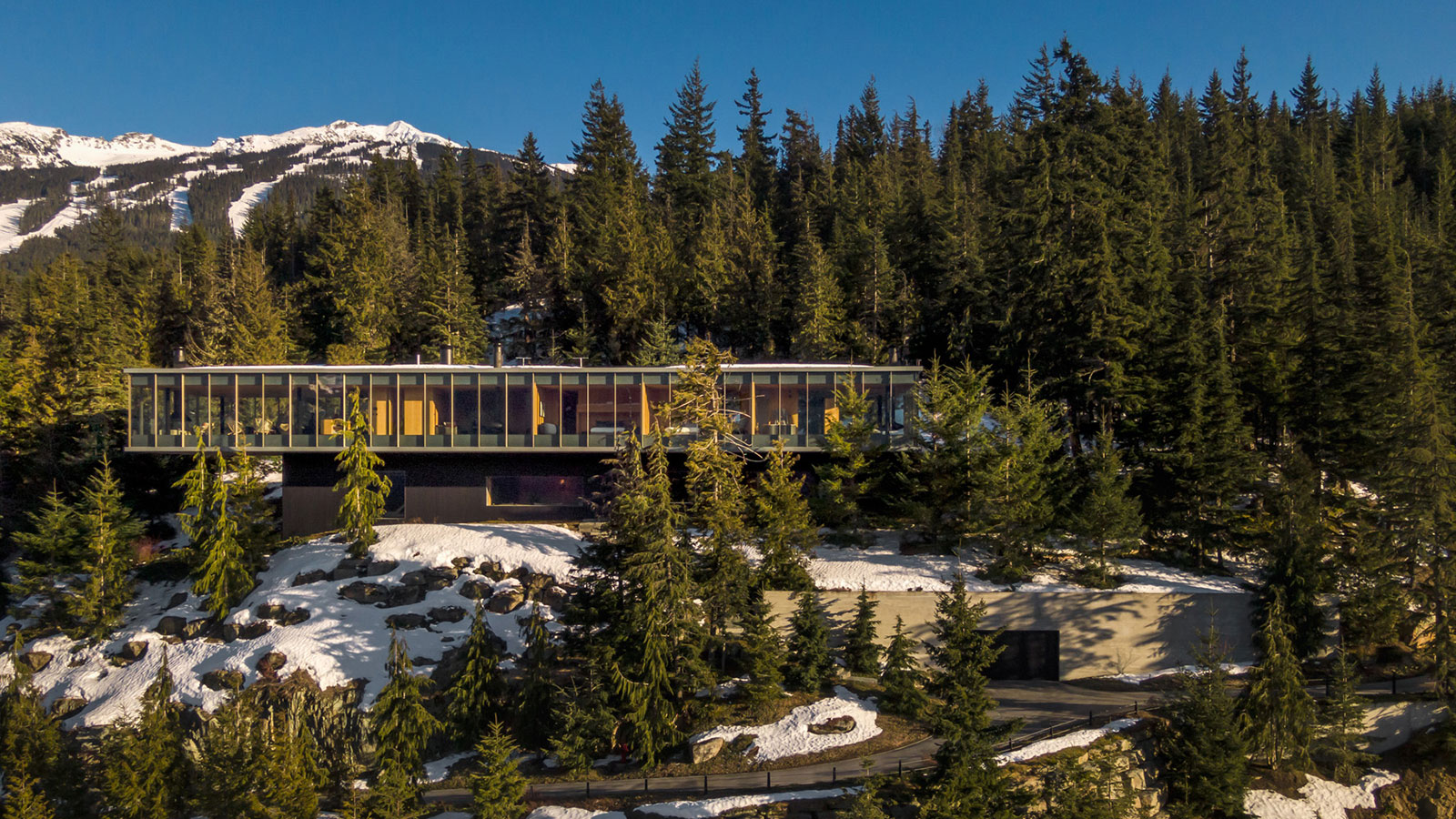 Marcio Kogan’s Studio MK27 celebrated in this new monograph from Rizzoli
Marcio Kogan’s Studio MK27 celebrated in this new monograph from Rizzoli‘The Architecture of Studio MK27. Lights, camera, action’ is a richly illustrated journey through the evolution of this famed Brazilian architecture studio
By Jonathan Bell
-
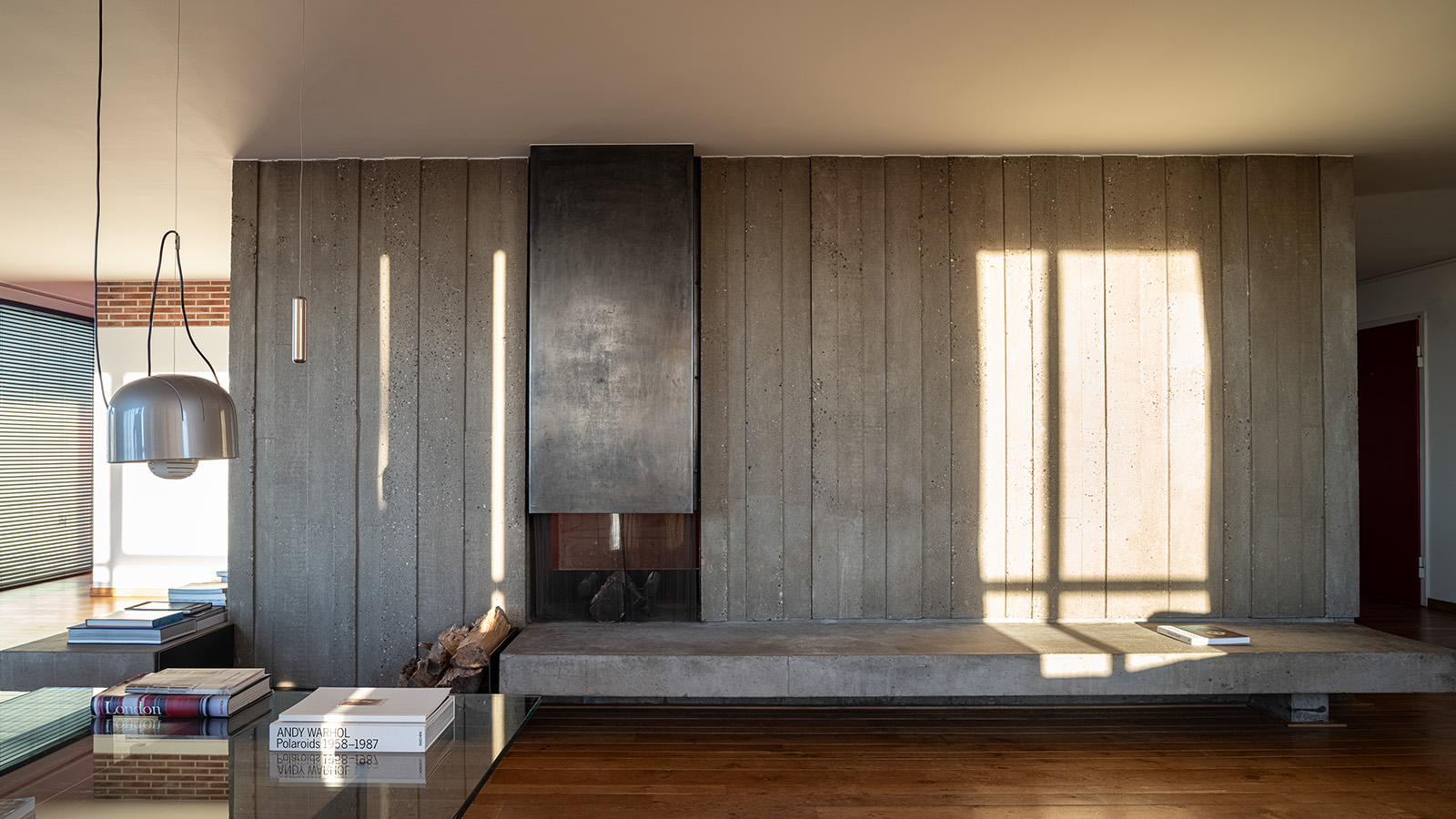 ‘Interior sculptor’ Christophe Gevers’ oeuvre is celebrated in new book
‘Interior sculptor’ Christophe Gevers’ oeuvre is celebrated in new book‘Christophe Gevers’ is a sleek monograph dedicated to the Belgian's life work as an interior architect, designer, sculptor and inventor, with unseen photography by Jean-Pierre Gabriel
By Tianna Williams
-
 Flick through ‘Brutal Wales’, a book celebrating concrete architecture
Flick through ‘Brutal Wales’, a book celebrating concrete architecture‘Brutal Wales’ book zooms into a selection of concrete Welsh architecture treasures through the lens of photographer Simon Phipps
By Ellie Stathaki